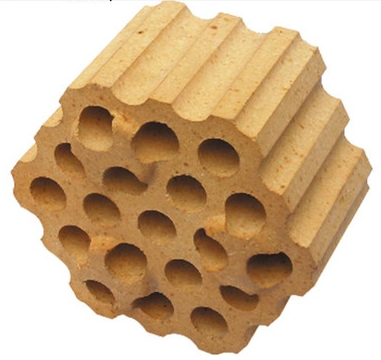- 08
- Oct
What are the structural forms of the hot blast stove? Which parts are easily damaged? What are the commonly used refractory materials?
What are the structural forms of the hot blast stove? Which parts are easily damaged? What are the commonly used refractory materials?

The hot blast stove is an upright cylindrical structure composed of a combustion chamber and a regenerator. According to the position of the combustion chamber, it can be divided into three types: internal combustion, external combustion and top combustion. Among them, the first two have more applications, and the top combustion is the most recently developed one.
Due to the different structure of the hot blast stove, the damage of the furnace lining is also different. The vulnerable part of the internal combustion type is the partition wall, and the external combustion type is the two-chamber vault and the bridge.
Intensified smelting of blast furnaces requires higher and higher blast temperature, which also puts forward higher requirements for refractory materials used in hot blast furnaces. High alumina bricks, mullite bricks and silica bricks are used for the masonry of the combustion chamber and the regenerator. In addition, the largest amount of hot blast stoves are checker bricks. The currently commonly used checker bricks for high-temperature hot blast stoves are high-aluminum and mullite, and require low creep rate and high thermal shock stability.
